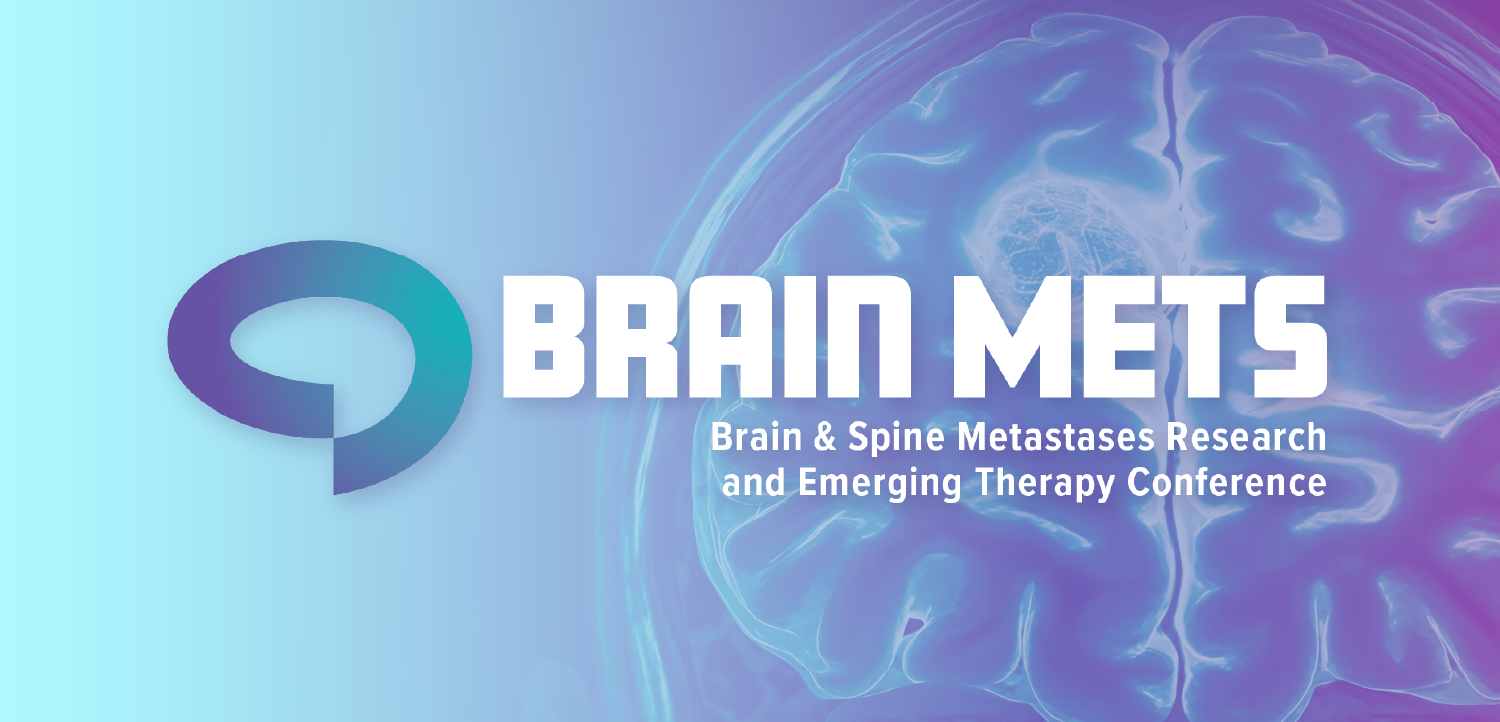
How Massachusetts is moving to help patients get psychiatric care sooner
MassHealth, the state’s Medicaid program, is teaming with PointClickCare to help patients move out of hospital emergency departments. Hamad Husainy of PointClickCare talks about the effort.
Hospitals and health systems nationwide have struggled with
Hospital leaders say patients can be stuck in the emergency department for hours, days, and even weeks, and
MassHealth, Massachusetts’ Medicaid program, has partnered with PointClickCare to help tackle the problem. The healthcare technology company has developed a platform to help speed up the process of getting patients out of the emergency department and into facilities for inpatient psychiatric treatment.
Hospitals across Massachusetts are using the program, which has also been supported by insurers as well.
Hamad Husainy, the chief medical officer of PointClickCare, tells Chief Healthcare Executive® that it has been a complex project but one that has the potential to help patients and hospitals.
“There's some huge inefficiencies, especially when it comes to the treatment of folks in the emergency healthcare world around mental health,” says Husainy.
“There's this really big disconnect between the acute health systems and these inpatient psychiatric health care systems,” he says. But he explains that the goal is “recognizing the opportunity to be able to improve that communication, improve that transition timing, through more of a carrot rather than a stick.”
‘Opening up beds quicker’
MassHealth and PointClickCare launched a Behavioral Health Treatment and Referral Platform earlier this year. With the platform, those who need inpatient psychiatric treatment are identified more quickly. Those patients are moved into a queue to get placed in a bed in less time. The process can also be more reassuring for patients and families that they will get a bed sooner and give a boost to their morale, Husainy says.
The process also allows for documentation to be done more quickly, he says.
“It allows for a process where patients can be picked up, in a way, from a health system that has an open bed, and then that transfer is completed,” Husainy says. “And so again, it's taking a bunch of micro processes that seem intuitive and seem obvious, but it's using software to sort of bridge those together … and that creates that opportunity for sort of a glue that brings that whole process and that whole transfer together.”
MassHealth recognized that getting placement for Medicaid patients who need psychiatric treatment is especially serious. Husainy says that partnership between MassHealth and PointClickCare may not have initially seemed like a “natural marriage,” but the collaboration has been very successful.
“This has just been an exceptional partnership, and we're really excited to see where it goes,” he says.
If the partnership helps reduce the boarding of mental health patients, that can also lead to fewer backlogs for patients in emergency rooms for other reasons, he says. Husainy describes the steps as small “chess moves that really make a big outcome and big impact on boarding.”
“We're opening up beds quicker and we're providing more nursing coverage,” he says.
The placement platform has been rolled out across the entire state of Massachusetts, and he says that scale is important for the program’s success.
“In order for health care to really make big, major moves like this, and use technology and use opportunities and improvement of processes, at scale, we really need the investment of all health systems,” Husainy says. “If we went into Massachusetts and a quarter of the health systems were behind this, it might move the needle a very small bit. But unfortunately, there would be a majority of the state that wasn't using it, and it would not be near as effective.”
Unexpected partnerships
The project has required enormous work and has been quite complex, but Husainy says he’s been heartened to see cooperation in ways that may not seem typical in healthcare.
Hospitals, clinicians, payers, and patient advocacy groups have come together to make the project a success and offer the chance to improve patient care, Husainy says.
Payers and hospitals routinely clash over reimbursements and the cost of care, but Husainy said he was heartened to see health systems and insurers working together in Massachusetts.
“It's been exceptional to see organizations that aren't typically partners, per se, to come together, to work together, and be able to solve problems,” Husainy says.
“I think if I were running a health system today … I would just sort of look across the spectrum of who I'm working with and who I maybe have some perceived antagonism with, and really recognize the power of coming together to solve problems,” he adds.
The effort provides another example of how Medicaid programs can come up with novel ways to improve patient care.
“If you're in the world of Medicaid, you have to be innovative, right? Oftentime, the patients that you're caring for have a lot of medical problems, have a lot of behavioral health problems, but also they have a lot of social problems,” he says.
Looking at Medicaid programs across the country, he says, “It's really interesting to see how they're using technology, how they're leveraging opportunities in the maternal health space and the social determinants of health space, in the high utilizer space … because every time you move that needle, you're saving dollars, you're improving quality, and hopefully you're making the user's life better.”
















































